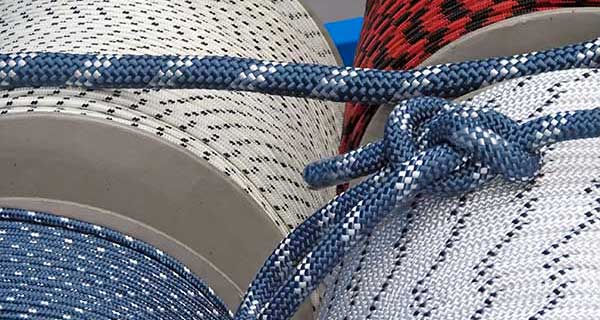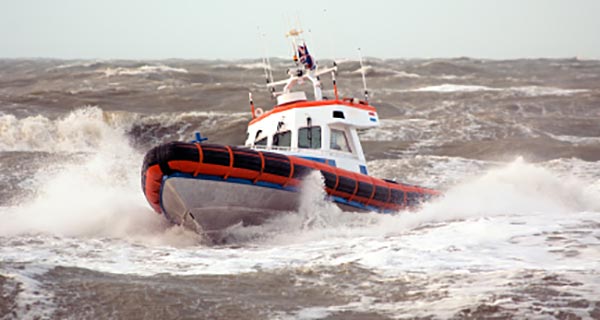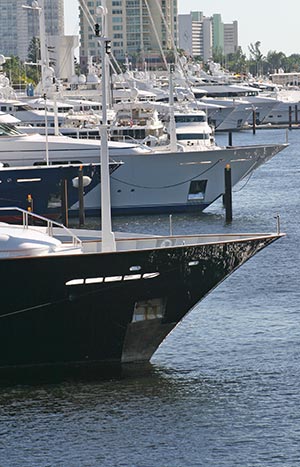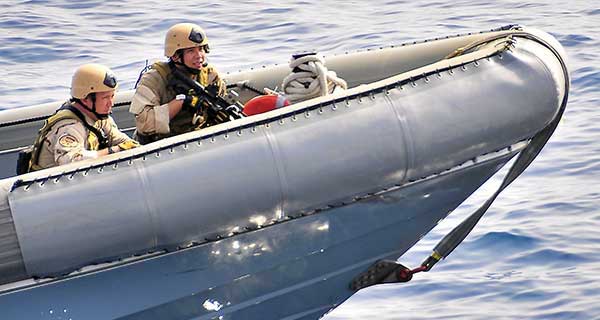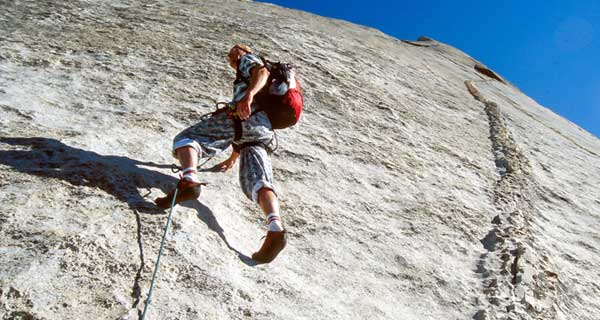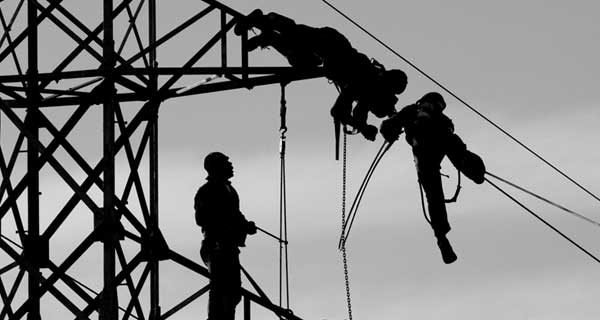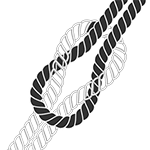Rope Care
Guidelines to Rope Care
At Rope Inc, we take great care in providing the highest quality lines, coradge and fittings. A few guidelines about its general use will help to increase the life of the rope and assist you in achieving the best performance possible from our products.
Abrasion and Sharp Edges
Abrasion and sharp edges are a rope’s worst enemy. Check your masthead, exit slots, blocks, windlasses or any other surface a rope may come into contact with to make sure there are no burrs or sharp edges. All cotter pins and split rings in turnbuckles and blocks should be taped.
Dirt and Cleaning
Dirt and salt can cause premature wear. Frequently wash rope and running rigging with fresh water. For a thorough cleaning, soak your ropes in warm water with a mild detergent. Add a little fabric softener to make them soft. Rinse thoroughly and then hang them up to dry.
Sheave Diameter
As a rule of thumb, the diameter of any sheave should be at least eight times the diameter of the rope (for 3/8” rope, use a 3” sheave). The sheave groove should be a gentle curve, not a “V” or double groove (as used with wire rigging). The groove should also be approximately 10% wider than the rope.
Rope Longevity and Eliminating Twist
The process of wrapping line around winches, windlasses and cleats puts a tremendous amount of twist into a rope. The twist makes the rope hard to handle and more prone to kinking or jamming in blocks. Severe twist will cause the rope to get out of round, resulting in faster wear and reduced strength. To eliminate twist, trail your rope behind the boat and let halyards hang free at both ends.
Safety
- Chemicals: Synthetic fibers have good chemical resistance. However, exposure to harsh chemicals, such as acids and alkalis, should be avoided.
- Damage: Inspect all ropes frequently for signs of wear or damage. Retire any rope that is cut or abraded.
- Sunlight: With time, all synthetic fibers will undergo degradation when exposed to sunlight. Polypropylene is more susceptible to UV degradation than other fibers.
Tensile Strength
The tensile strength is the load at which a new rope, tested under laboratory conditions, can be expected to break. Rope strength shown in our literature is the approximate average for new rope tested under ASTM test method D-6268. To estimate the minimum tensile strength of a new rope, reduce the approximate average by 20%. Age, use and the type of termination used, such as knots, will lower tensile strengths significantly.
Working Loads
The Cordage Institute specifies that the safe working load of a rope is determined by dividing the minimum tensile strength by the safety factor. Safety factors range from 5 to 12 for non-critical uses. The working load is a guideline for rope in good condition used in non-critical applications, and should be reduced where life, limb or valuable property are involved, or where exceptional shock, sustained loading, severe vibration, etc. may be experienced.


